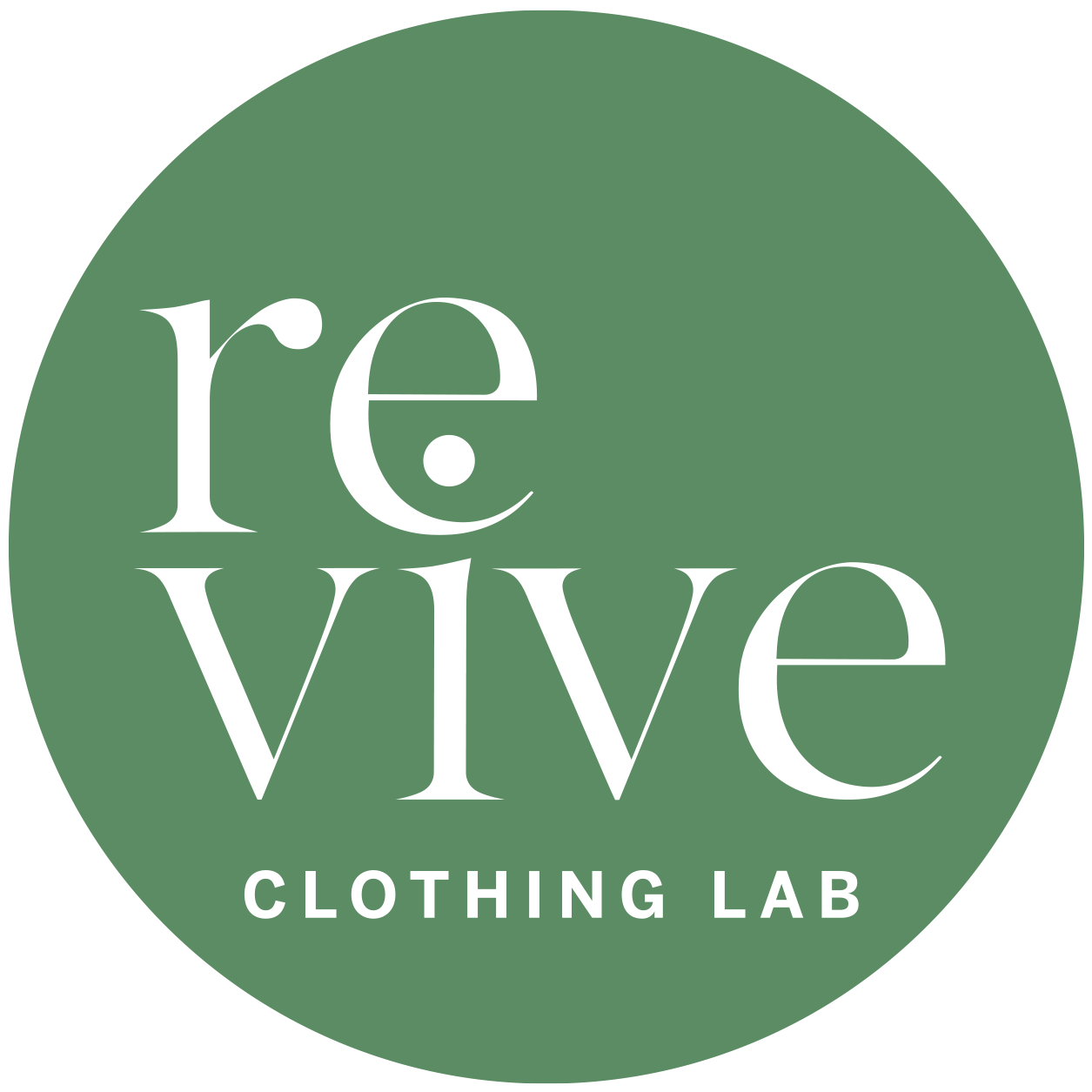The race for bargains is on! While it makes some happy, it’s not the best time for us responsible fashion creators. Sales are a highly anticipated period for fashion lovers and deal hunters. However, it’s important to keep in mind what a fair price really is and ask why big brands can offer discounts while others can’t. Are sales really good deals?
At Revive, we create unique, upcycled pieces all year long from brands and stores based on their unsold stock. They are remade in France thanks to the expertise in the Nord region (a historic textile area). Our approach is complex — manufacturing in France is costly, and we produce in very limited series. So even if we’d love to match your favourite brands’ prices, we can’t. Our prices are fair year-round, and our margins are far lower than fast fashion.
Today, as the sales begin, let’s change the industry we operate in.
At Revive
💚 Fair prices all year for quality, handmade manufacturing in France
💚 An eco-friendly approach by fighting waste through upcycling existing clothes… all made in France
💚 Upcycling — a complex and costly process but essential for developing circularity in fashion and preserving the Earth’s precious resources!
💚 Unique, creative products born from experimenting with mixing shapes, fabrics, and patterns
💚 Full transparency in our value chain — we know every person behind our products
💚 Respect and fair conditions for these workers through fair wages and prices
💚 When possible, we offer discounts on our last end-of-season pieces to generate cash flow and make designer pieces more accessible.

Sales Policies in Fashion
Fashion brands compete with creative strategies to attract customers through tempting discounts and exclusive promotions. Red signs boasting up to 70% off buzz stores with excitement.
Overproduction and Overconsumption: To meet increased demand during sales, brands often overproduce. This leads to excessive use of natural resources and increased textile waste.
Inflated prices all season: To offset smaller margins during sales, brands often inflate prices beforehand to exaggerate discounts. So prices aren’t truly fair to consumers throughout the season.
Encouraging Impulse Buying: Sales encourage impulse purchases, leading to buying products we don’t really need. This feeds a throwaway culture and increases pressure on natural resources.
A Solution to Clear Unsold Stock: Upcycling
Instead of relying on excessive sales to clear unsold stock can help brands to take a more sustainable and creative approach.
Upcycling means repurposing existing materials or products ,that were classed as outdated, to create unique or limited-edition pieces made in France. Rather than selling at a loss, destroying unsold items (now banned by AGEC law), or shipping them overseas, brands can hand their stock to Revive Clothing Lab, which reinvents it into exclusive, trendy collections. This process not only gives products a second life but also improves brand image by showing a committment to sustainability — plus it generates local economic value!
Designer collections made from upcycled materials are limited editions, often highly sought after for their unique character and superior quality. They offer an ethical and eco-friendly alternative to traditional sales while helping brands minimize environmental impact.
By choosing upcycling with Revive Clothing Lab, brands can position themselves at the forefront of sustainable fashion and offer their customers meaningful products. Let’s turn unsold stock into fashion treasures together for a greener, more creative future.
Think Before You Buy
Before rushing for deals during these crazy sales, let’s pause and ask some questions using the BISOU method:
• B: Do I really need it?
• I: Is it an immediate need?
• S: Don’t I already have something similar?
• O: What is the origin of the product?
• U: Is it really useful?
To make the most of sales, here are some tips: first assesss your wardrobe to identify real needs and avoid impulse buys. Next, set a strict budget to resist temptation. Finally, pay attention to item quality, favour sustainable materials, local manufacturing, and make sure your purchases will last (both in quality and style).
Other tips:
• Know your style well and what you love to wear. This will ensure you’ll actually wear your finds (and often!)
• Support responsible approaches and locally made, eco-designed products at fair prices… welcome slow fashion.





 Votre panier est actuellement vide
Votre panier est actuellement vide